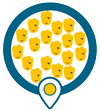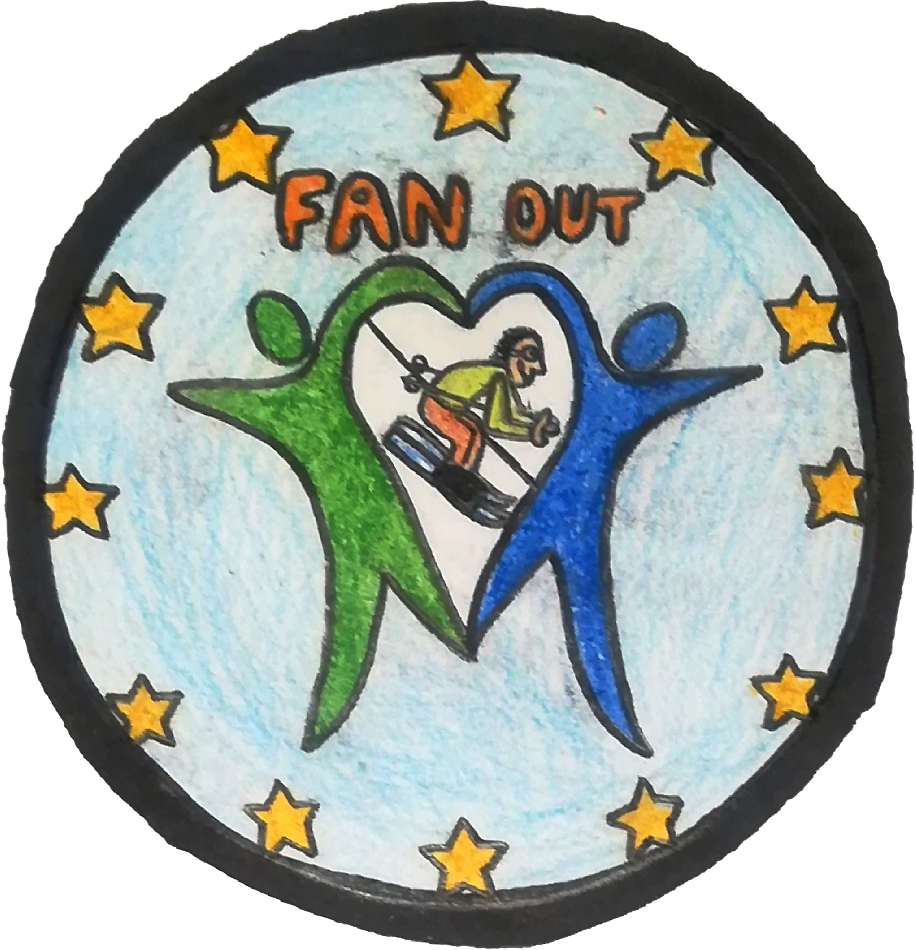KLOSTES or KOUVARISTRES

FIGHT GAMES

GAME

CHILDRENS

BIG GROUP
NO CLUB

PHYSICAL CONDITION IMPROVEMENT
Klostes or Kouvaristres
How is it played? (Rules)
Sport or Game History and origins:
The game has been recorded by Gougoulis (2003: 293-294) as been played in available open spaces (school yard, wastelands, empty plots of land) of Palaia Phocaea Attica from the 1960s to the end of 1980s. The version played in the 1960s was different from the version that children played in the 1980s. The parents of these children reported that in the 1960s Kouvaristres was a school game played during recess. The game also involved a ritual introductory dialogue but there was only one central role, the role a travelling emboras (merchant) who advertised his merchandise in a loud voice and there were no colours. The children formed a circle which excluded the emboras. A child left the circle and asked the emboras for a spool of thread but refused to give money in return so the emboras started to chase the child. Immunity could be gained for the chase child by re-entering the circle in a similar fashion to Cat and Mouse or Wolf and Lamb. Brewster (1953: 180-3) has described a similar game under the name of Colours which was played by children in the former republic of Yugoslavia in the late 1940s to the beginning of 1950s.
References:
Gougoulis, G.C. (2003) Τhe Material Culture of Children’s Play: Space, Toys and the
Commoditization of Childhood in a Greek Community, unpublished Ph. D thesis,
London: University College London.
Brewster, P. G. (1953), American Non-Singing Games, Norman: University of Oklahoma Press.
Submitted by
PELOPONNESIAN FOLKLORE FOUNDATION
Objective
Benefits
Physical: Physical condition improvement (strength, speed, endurance, etc).
Psychological: Psychological skills improvement (motivation, leadership, group cohesion, concentration, etc.)






